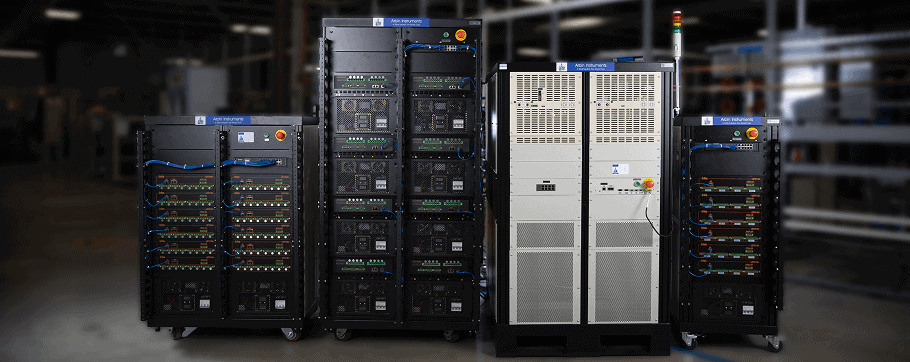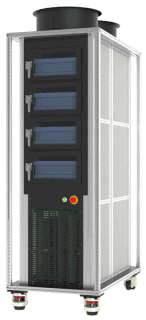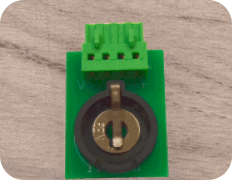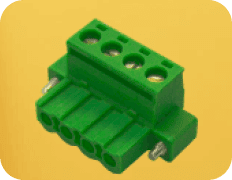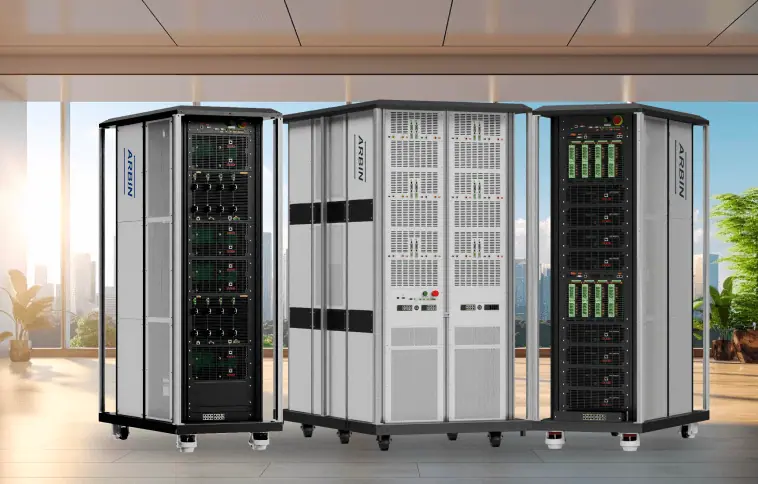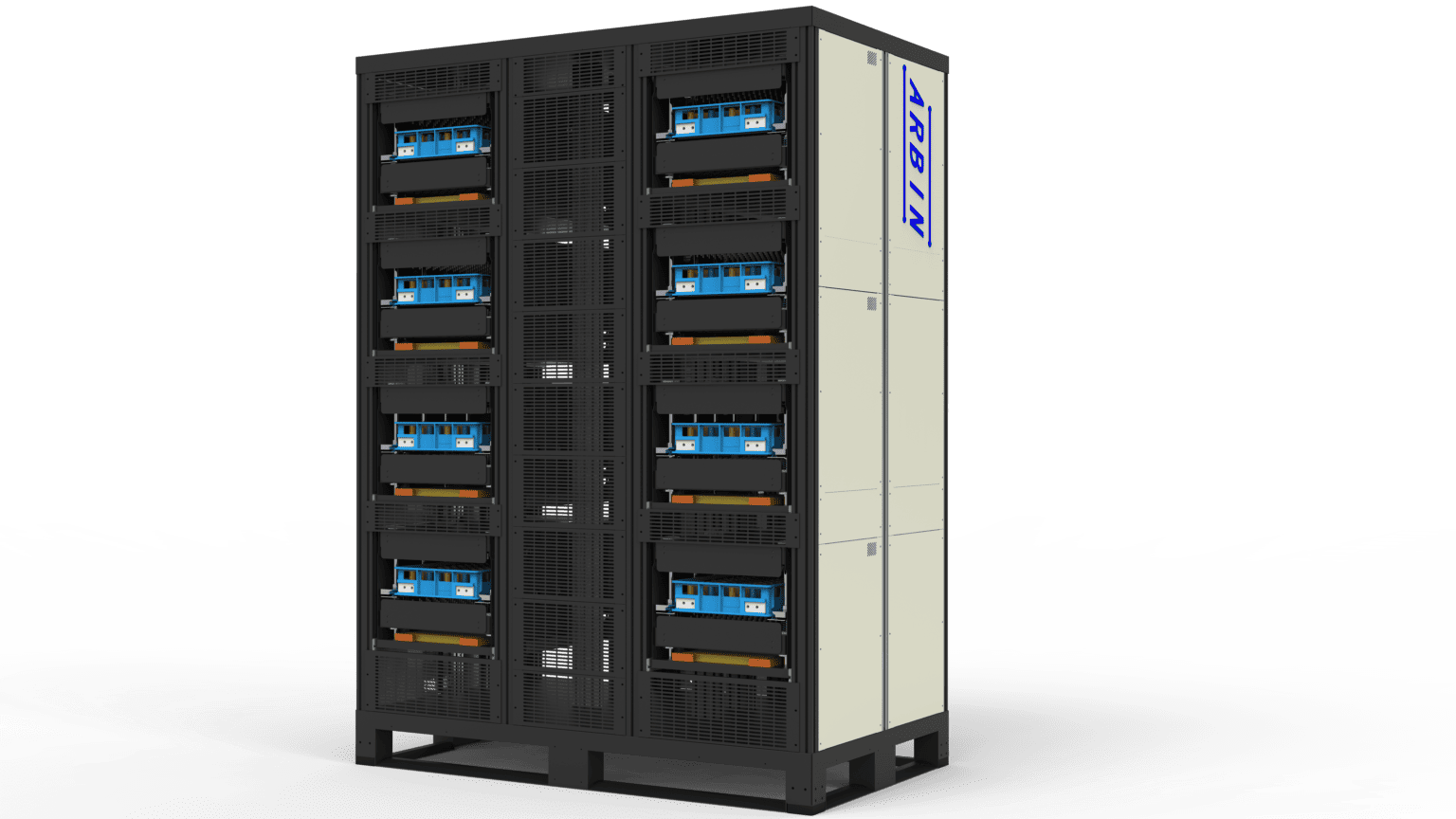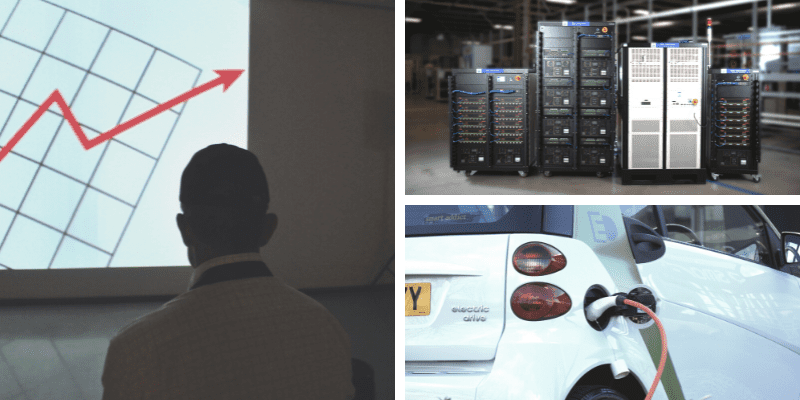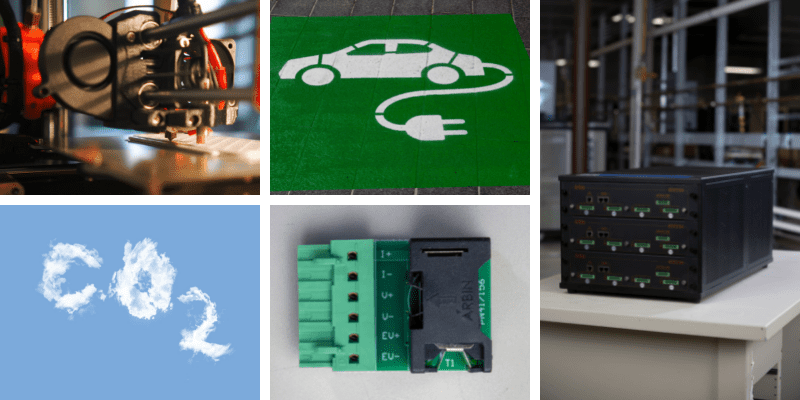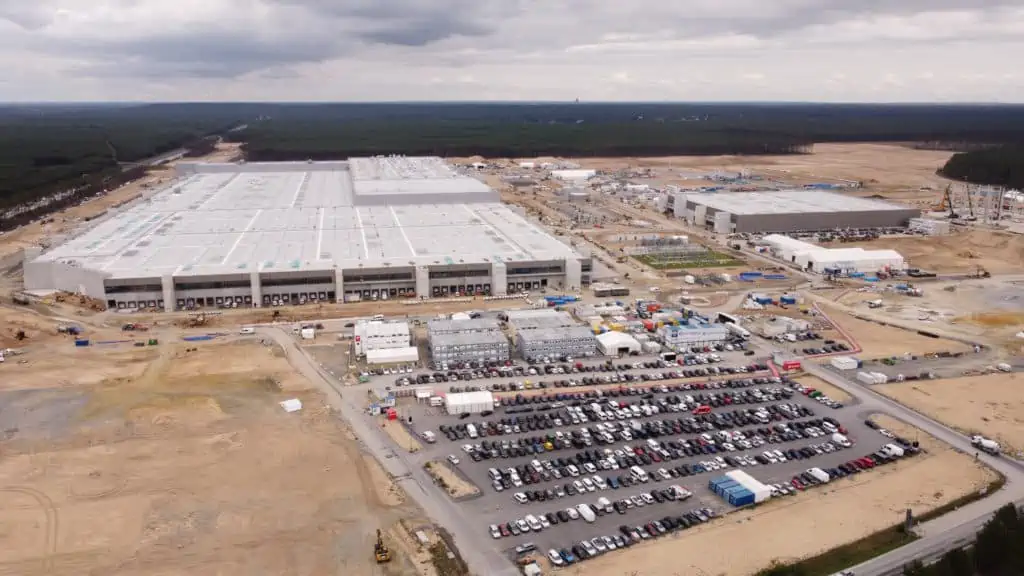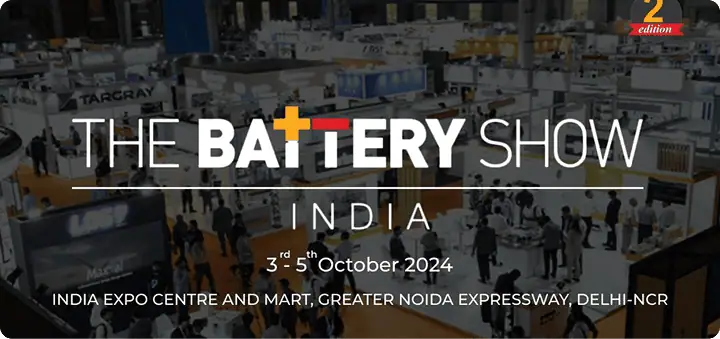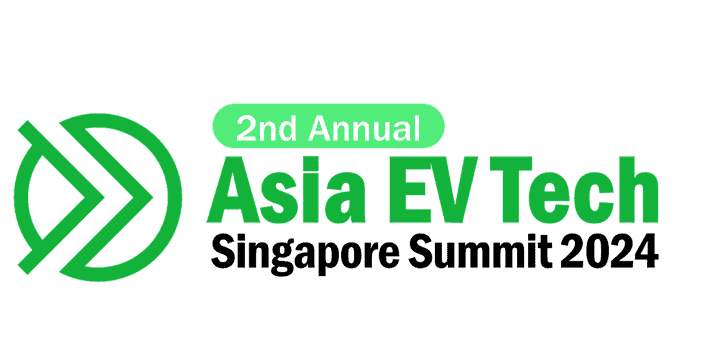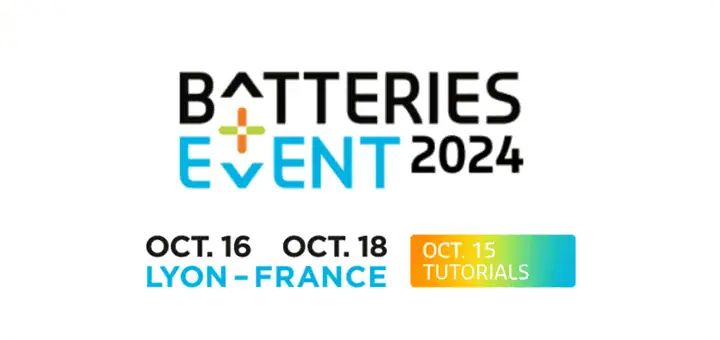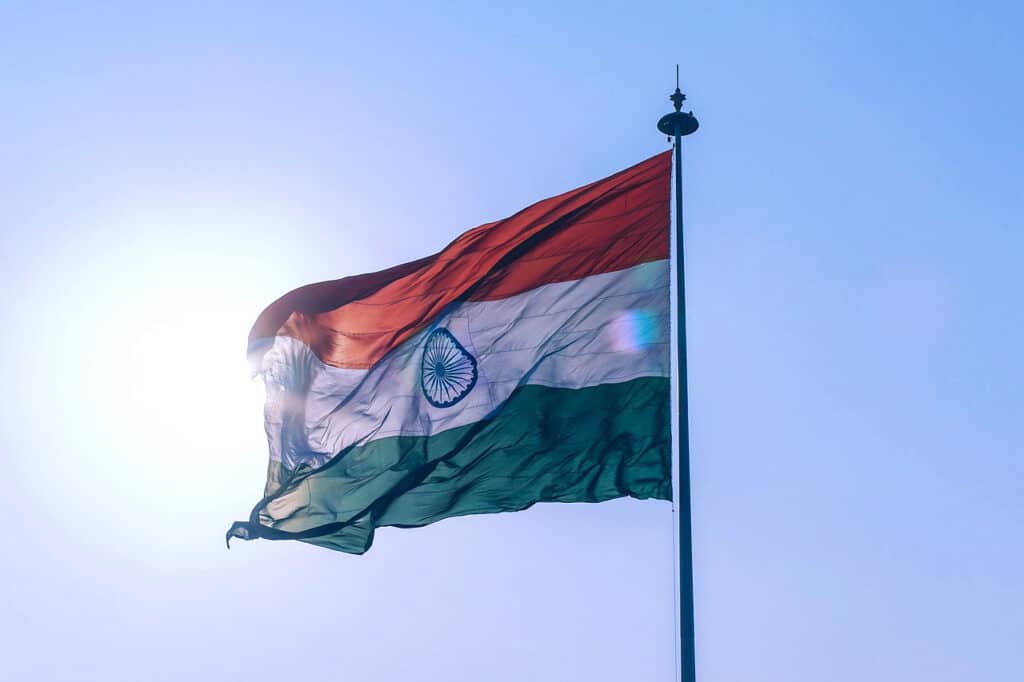
简介
印度是在采用电动汽车方面领先的亚洲国家之一。目前,该国的目标是拥有 到2030年,30%的道路车辆为电动车. Not only is this a step toward a greener future, it is also to address one of the country’s top issues — pollution. India is one of the top polluting countries in the world, by reducing the amount of tailpipe emissions on the roads, it hopes to rectify this problem.
在印度这样的工业化国家,采用电动车的速度比工业化国家慢得多。由于收入和配套基础设施较少,人们不太可能投资于电动车的替代品。然而,随着政府的推动以及公众对解决污染和气候变化问题的渴望,这种情况为政府以及公司提供了机会,以提出创造性的解决方案,解决该国的具体需求和情况。这也将为亚洲其他城市化经济体树立一个榜样,并为整个大陆进一步采用电动车铺平道路。
转换为电动车的挑战
随着城市的发展,道路上的车辆数量增加,导致路边的污染越来越多。这已成为印度的一个紧迫的健康问题。在2017年,超过 一百二十万 死亡的原因是过度暴露于污染。A 调查 调查发现,印度有90%的车主愿意改用电动车来解决这个问题。同一项调查还指出,政府需要采取一些措施来促进电动汽车的采用,包括建设基础设施以及财政激励措施,如补贴和减少道路税。
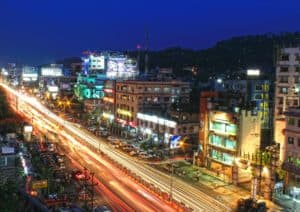
India’s 2030 goal is ambitious considering EVs currently only make up 1% of road vehicles. The high upfront price of EVs is one of the biggest roadblocks to its adoption, not only in India, but around the world as well. With the country looking to decrease reliance on foreign imports and stimulate local manufacturing, high import duties are in place for EVs, making it near impossible for foreign manufacturers to break into and entice the Indian market. Moreover, the lack of charging facilities is also a huge cause for hesitation, with drivers often concerned about mileage and reliability of EVs.
创意机会

However massive these roadblocks seem, they offer opportunities to develop creative technological solutions to address India’s specific circumstances. Various companies are taking initiatives to tackle the growing pains of the electrification of mobility in the country.
两轮和三轮电动车
在印度,超过80%的公路车辆和95%的电动车销售是两轮车。此外,还出现了向三轮电动人力车的转变,这是由司机自己发起的转变。由于电池较小,两轮和三轮车比汽车更实惠。政府正在推动所有新的三轮车在2023年之前实现电动化,而两轮车在2025年之前实现电动化。这为初创企业和公司提供了建立生态系统的机会,以支持和规范这一变化。比如说 创业公司SmartE,向司机出租电动车同时,在他们自己的地段对车辆进行充电和维护。鉴于交通文化和小型车辆的可负担性,这是向全电动未来转变的一个良好开端。
本地开发和制造的电池
One of the common issues with EVs in India are the batteries. With a much hotter climate than western nations, batteries overheat much more easily, a common issue pointed out by various parties. Moreover, with the government is pushing “Make in India” initiatives in an attempt to encourage local manufacturing, there is opportunity for 对电池的研究和开发 适应国家的需求和环境,减少来自外国制造商的竞争。这样一来,电动车中使用的电池对于印度的气候来说将更加可靠,并消除对采用电动车的一些犹豫。 电池供电的车辆
共享的移动解决方案
研究 报道显示,在印度,特别是在年轻一代中,有一种向共享交通服务的转变,摆脱了典型的购车习惯。这推动了汽车公司对共享交通解决方案的投资。印度准备成为这种共享经济的领导者,特别是在交通方面。在政府的推动下,Uber和Ola等公司在印度市场上取得了巨大的成功。 到2026年,他们的车队有40%是电动的, electrification in shared-mobility is one key frontier in India’s journey to clean roads.
交换电池
交换电池被看作是一种 破坏性较小的解决方案 为电动车充电,解决了充电设施空间不足的问题,车辆可以在需要时停放和充电。它还解决了对电动车电池充电所需时间的担忧。例如,Ola有14个电池交换站,电动车司机可以在那里交换电池,使这个过程像在加油站加油一样快。

总结
India’s ambitious plans for electrification have opened up and encouraged a wide range of opportunities for technological innovation and creative problem solving. The country’s specific transportation culture and environment makes this process of electrification very different from that of the West, with two and three-wheelers and shared-mobility rather than private cars leading the way. It has allowed the beginning of an ecosystem of cooperation between companies, startups, and the government to support and facilitate electrification. With these business models, this could set an example for other Asian countries in similar situations, exhibiting the potential of the EV industry.
了解更多关于Arbin为电池和电池组开发提供的电池测试解决方案。
Arbin仪器公司在印度有一个庞大的销售和服务网络,与Metrohm India Private Liminted合作,为我们在该地区的客户提供服务。

